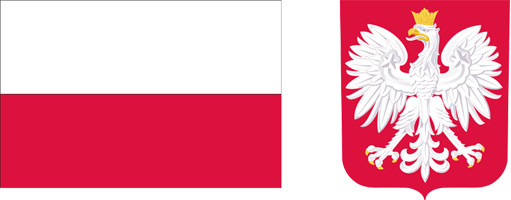Current issue
Archive
About the Journal
Aims and Scope
Advisory Board
Members of the Editorial Board
List of reviewers
Publishing process
Publishing Ethics and Malpractice Statement
Personal data protection (GDPR)
Creative Commons License
CrossRef Member / Similarity Check
For Authors
Call for papers
Guidelines for authors
Submitting a manuscript through the editorial system – step by step
For Reviewers
Peer review process
Guidelines for reviewers
Submitting a review – step by step
Contact
RESEARCH PAPER
ECONOMIC EFFECTS OF CHANGES IN THE EXCISE TAX ON TOBACCO PRODUCTS IN POLAND
1
Institute of Agricultural and Food Economics National Research Institute
Submission date: 2023-01-10
Final review date: 2023-02-03
Acceptance date: 2023-06-01
Publication date: 2023-06-28
Zagadnienia Ekonomiki Rolnej / Problems of Agricultural Economics 2023;375(2):22-50
KEYWORDS
JEL CLASSIFICATION CODES
L66
O1
Q13
Q17
Q18
TOPICS
ABSTRACT
The aim of the article is to assess the impact of changes in excise duty rates on prices, consumption, and tax revenue to the state budget on the development of the domestic tobacco industry. The study was conducted, among other things, using methods of statistical comparative analysis, dynamics of the main elements of the market, exponential regression analysis, and analysis of selected financial ratios. The research shows that between 2010 and 2021 the tobacco industry in Poland developed very dynamically due to foreign direct investments and competitiveness on the EU market. Fiscal policy determined prices of tobacco products, as indirect taxes dominated the structure of retail prices. The increasing rates of excise duty resulted in a decrease in cigarette consumption, which was compensated by an increase in the consumption of innovative products. The effectiveness of fiscal policy is also confirmed by the growing budget revenues and reducing the shadow economy in the internal market. In recent years, however, consumer income has been growing faster than the prices of tobacco products, which has resulted in their better affordability. In conclusion, between 2022 and 2027, excise tax rates will gradually increase due to the harmonization of the national tax law with the regulations in force in the European Union. The increase in excise duty rates will determine the production and sale of tobacco products, which will adapt to demand conditions. Higher rates of excise tax will result in an increase in the prices of tobacco products and state budget revenues from indirect taxes.
Share
RELATED ARTICLE
We process personal data collected when visiting the website. The function of obtaining information about users and their behavior is carried out by voluntarily entered information in forms and saving cookies in end devices. Data, including cookies, are used to provide services, improve the user experience and to analyze the traffic in accordance with the Privacy policy. Data are also collected and processed by Google Analytics tool (more).
You can change cookies settings in your browser. Restricted use of cookies in the browser configuration may affect some functionalities of the website.
You can change cookies settings in your browser. Restricted use of cookies in the browser configuration may affect some functionalities of the website.




